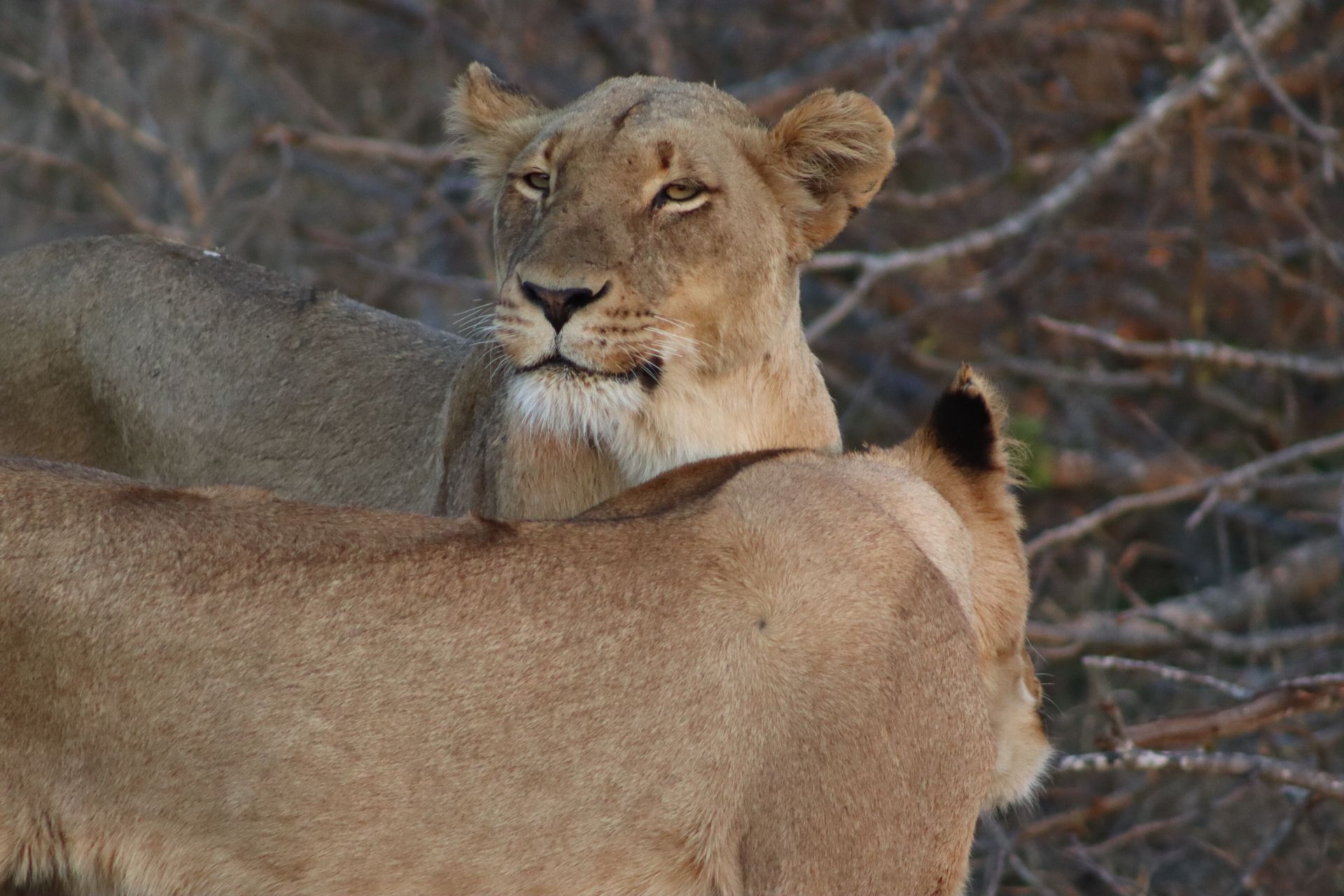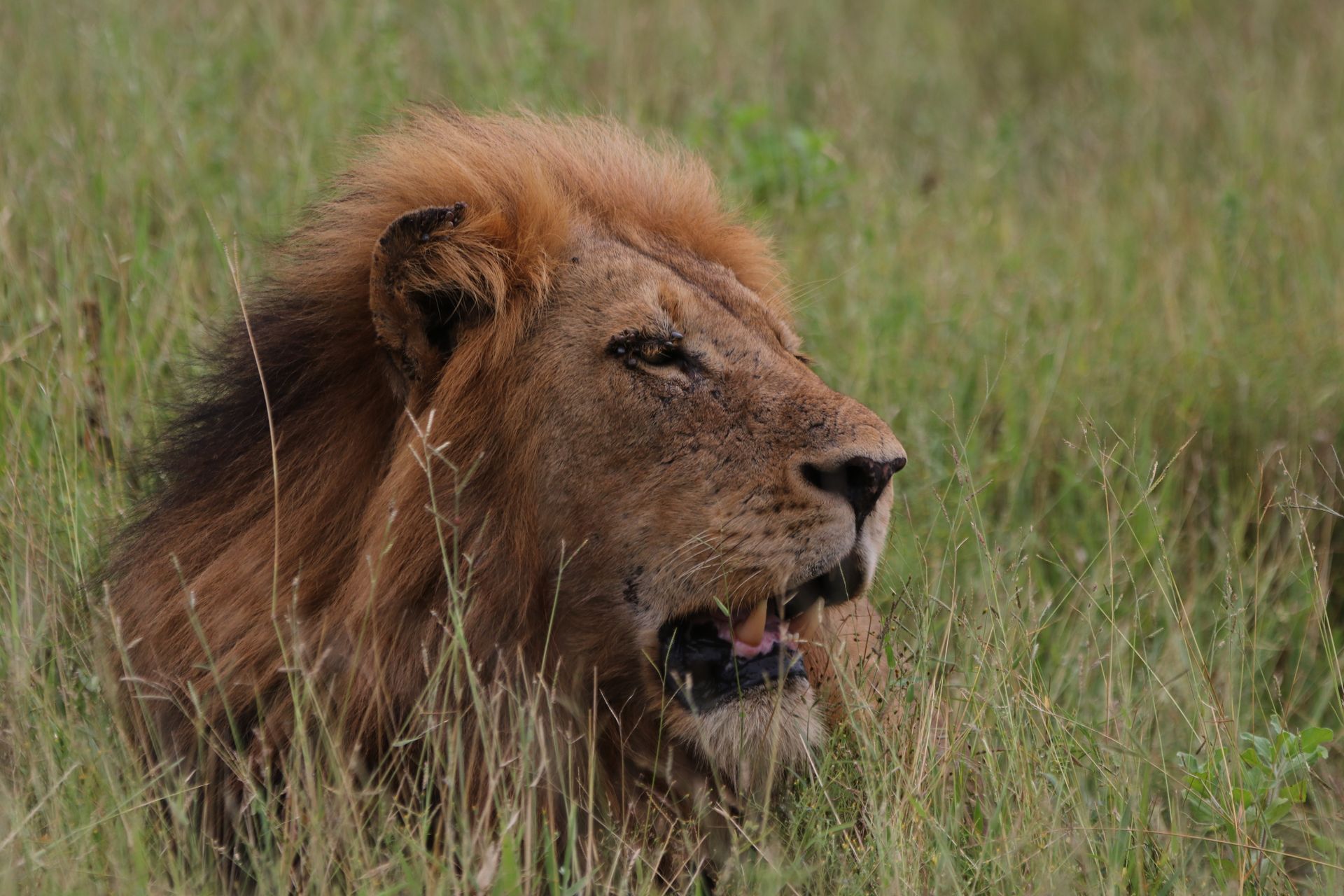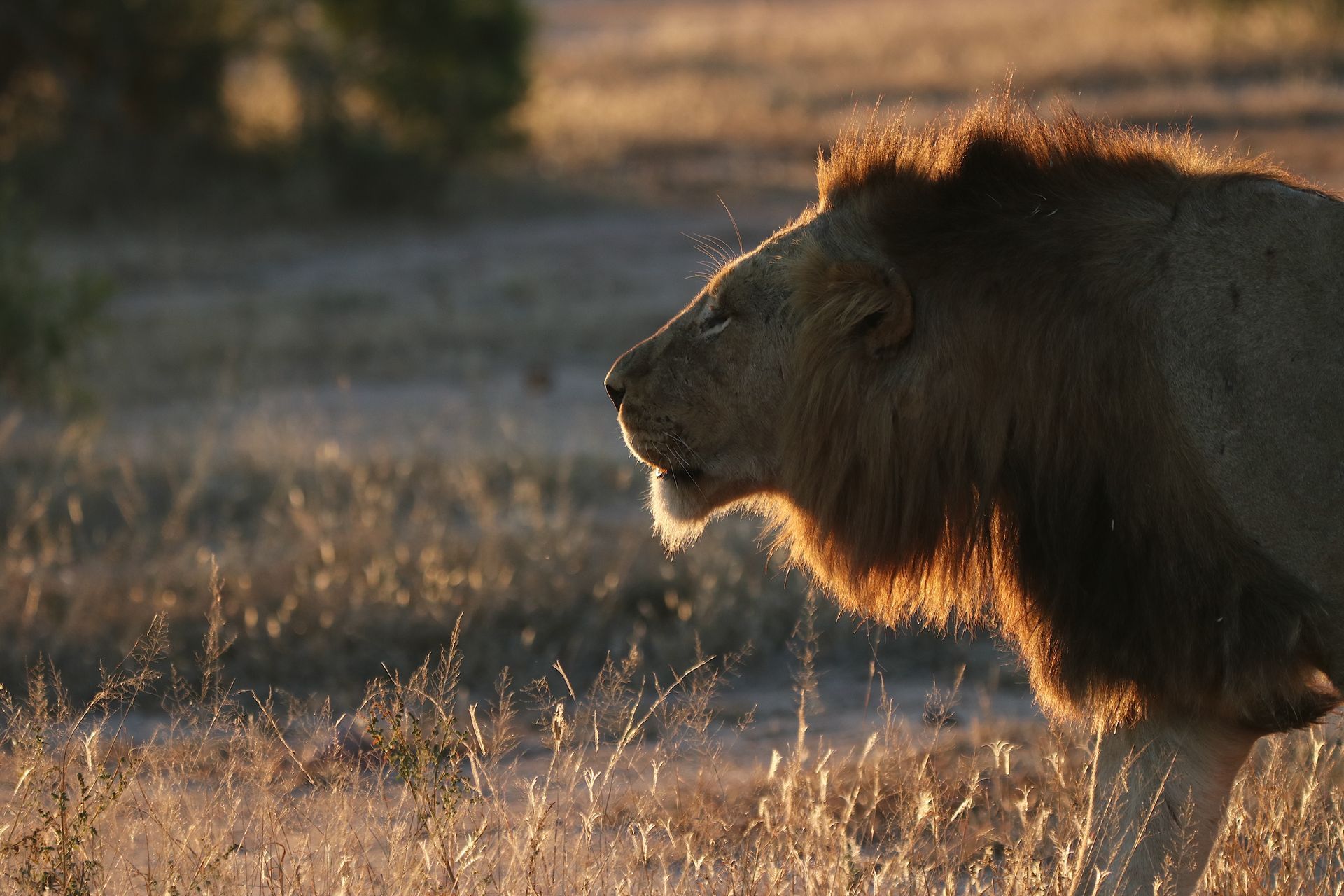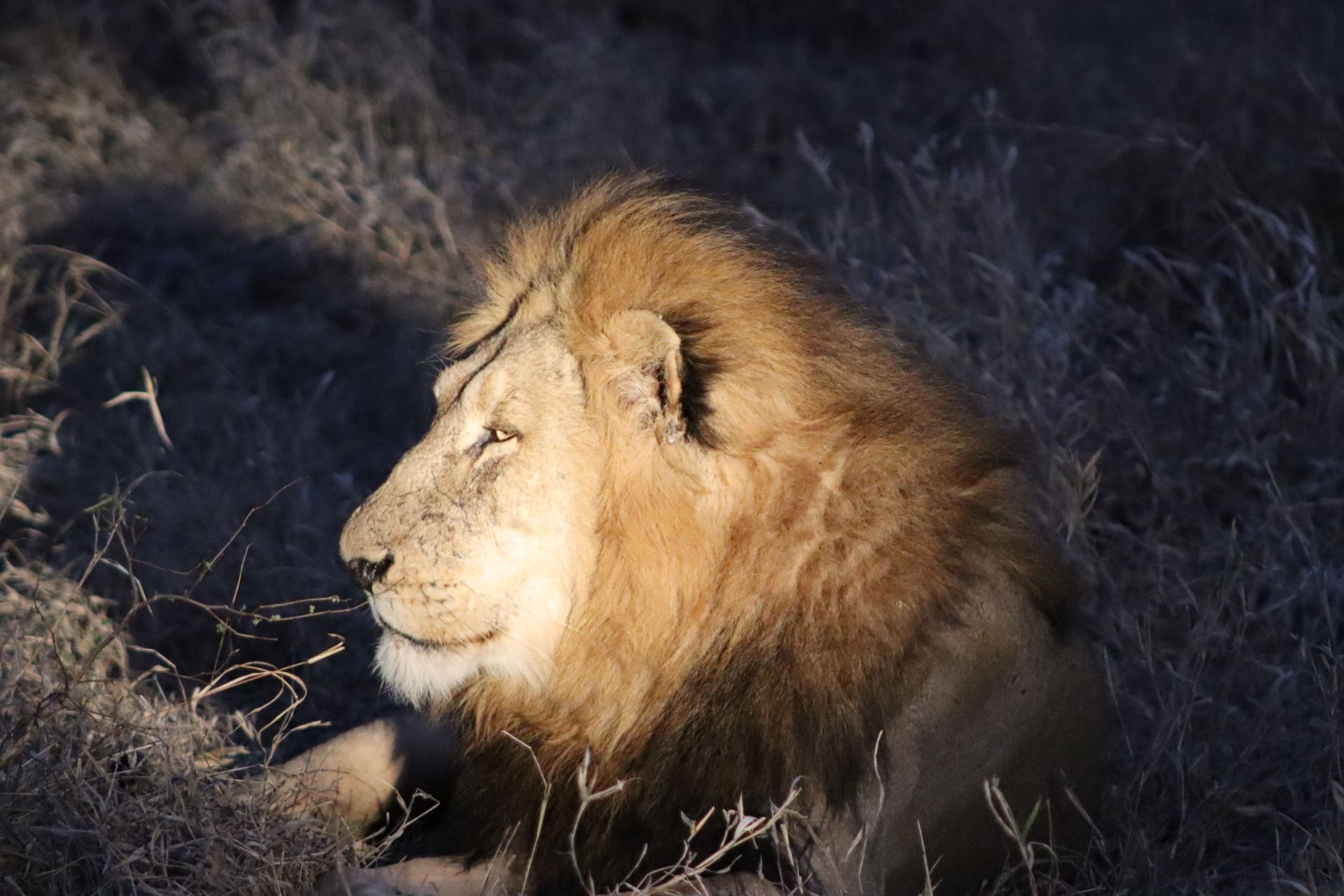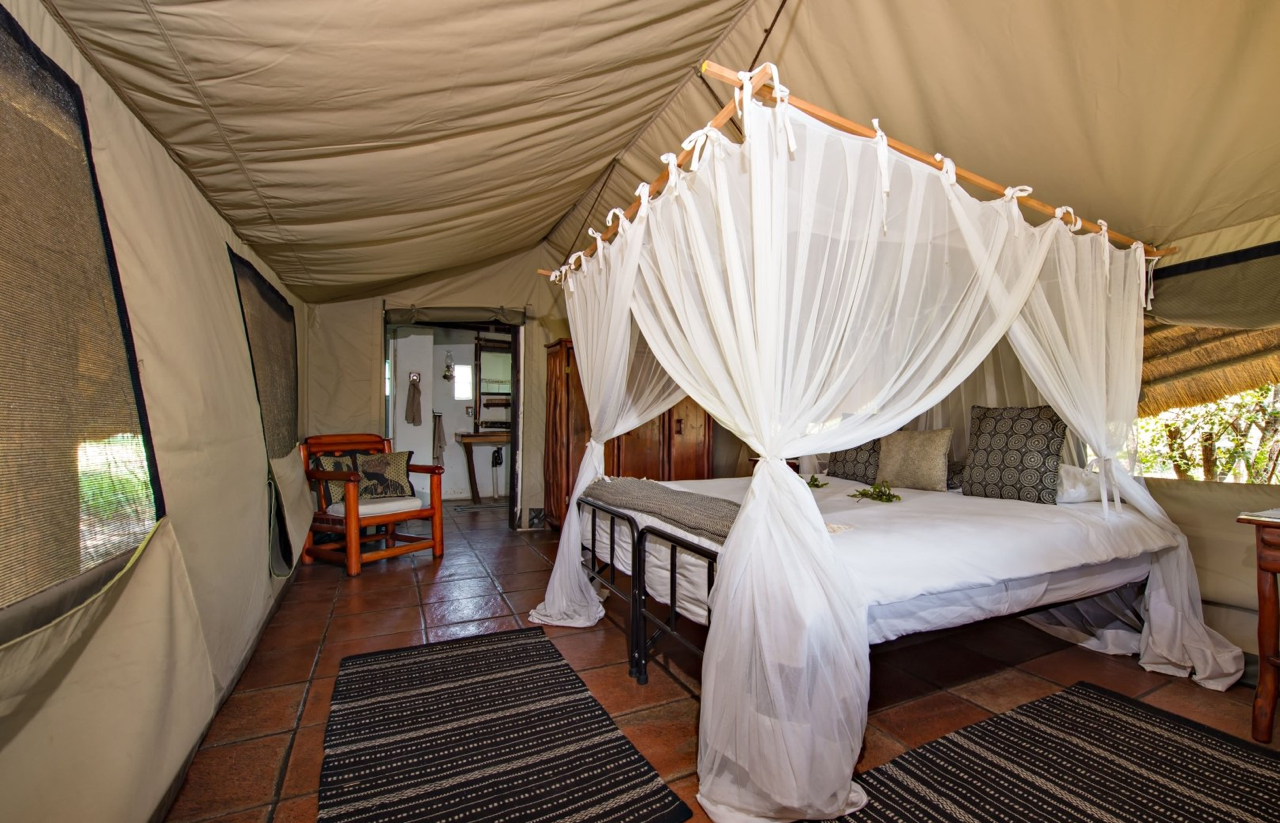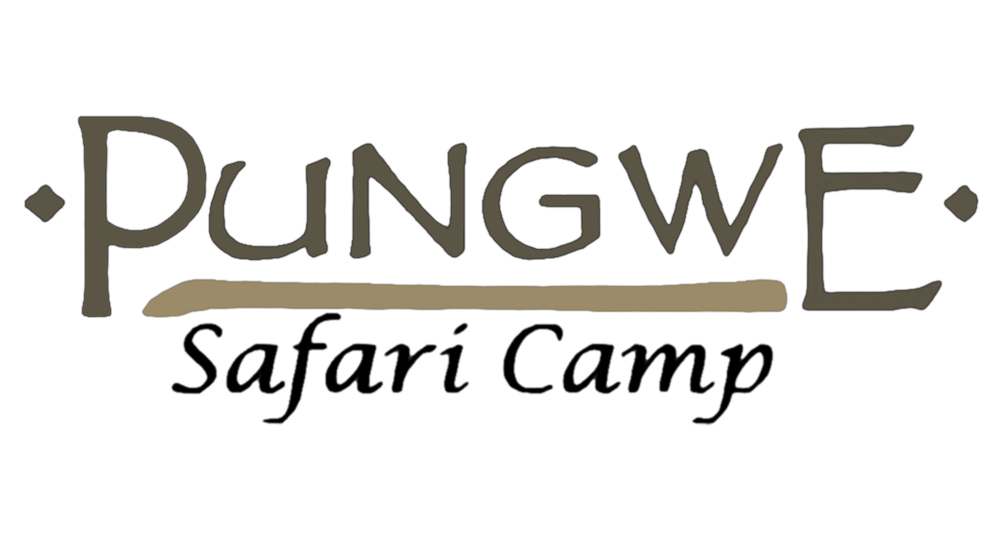
The latest updates on the Manyeleti's lions
A look at the current prides and their dynamics
The Talamati Pride, circa 2021
The Talamati pride. Image: Sharon Gilbert-Rivett
ButtonThe Red Road Male
The Red Road Male. Image: Tim Cowell
ButtonOne of the Tintswalo Boys
One of the Tintswalo Boys. Image: Tim Cowell
ButtonSlide title
The Mbali Male, circa 2021. Image: Sharon Gilbert-Rivett
Button
A lot has changed since we last wrote about the various lion dynasties on the Manyeleti some three years ago. The Manyeleti is renowned for its lions, and watching their lives play out in this breathtaking, pristine wilderness of ours is always a privilege, in good times and in bad. Here, then, is an overview of the lion prides we are observing regularly at present...
It's the availability of prey species, especially large herbivores like buffalo and giraffe, that attract so many lions to the Manyeleti, which is filled with a rich diversity of wildlife all year round. The concentration of lions gives rise to a constant ebb and flow of dominance and territorial disputes that rivals the best TV dramas, featuring intertwined, complex, and often violent plot twists!
When it comes to male lions, gaining and retaining territory is the name of the game. It's a tough job being the pride male of a pride of lions and one that's often short-lived, exceptionally dangerous, and sometimes fatal.
"We've got seven lion groupings on the Manyeleti that we're watching with interest at the moment," says Pungwe manager, Michel Girardin. "In the central area around the main dam and moving towards the north of the reserve we have the Mbiri Pride which is made up of six adult lionesses, three cubs of around two years old and two sub-adults of around three years old," explains Michel.
"Then we have the Mbali Pride, so named after they were first seen around Mbali Camp in the neighbouring Kruger National Park, who move throughout the Manyeleti and are led by the Kruger Male. The Mbali's have five or so adult lionesses and three four-year-old sub-adult males."
Good news is that the Tintswalo Boys we wrote about in our previous lion blog are still around in the north-west and north-east of the reserve. This coalition of two brothers features Ncila (meaning "tail", because of his malformed tail) and Mandevu, which means "beard". They don't have a fixed pride at the moment.
Bad news is that the Mbali Male, leader of the Talamati pride and its subsequent breakaway prides, succumbed to a combination of injuries received from a buffalo and tuberculosis. There is still a Talamati breakaway grouping of one adult lioness (the sole survivor of three sisters) and two sub-adults - one male and one female, offspring of this legendary lion.
"We have two large prides on the Manyeleti at the moment," explains Michel. "The first is the Nharu Pride, found in the central area of the Manyeleti and around Pungwe and led by the dominant Red Road Male. It has seven adult lionesses, two sub-adult males of around three years old and two young cubs of around eight weeks old. Nharu is Shangaan for the number 13, so obviously this pride has lost a lion, because we currently have 12!
"The second large pride is the Nkhahuma Pride. Nkhahuma means 'brown ivory' in Shangaan. We see these lions around Pungwe occasionally, but they are predominantly found in the northern reaches of the neighbouring Sabi Sand private game reserve. The pride is led by an adult male named Mohawk, and features five sub-adult males (Mohawk's sons) who are around three years old, three adult lionesses and three sub-adult lionesses."
Michel explains that there is also a coalition of two brothers called the Black Dam Males, who are originally from Thornybushi Nature Reserve who are found in the southern Manyeleti occasionally, moving between this area and the northern Sabi Sand. They're five years old and have been seen with different prides and lone lionesses.
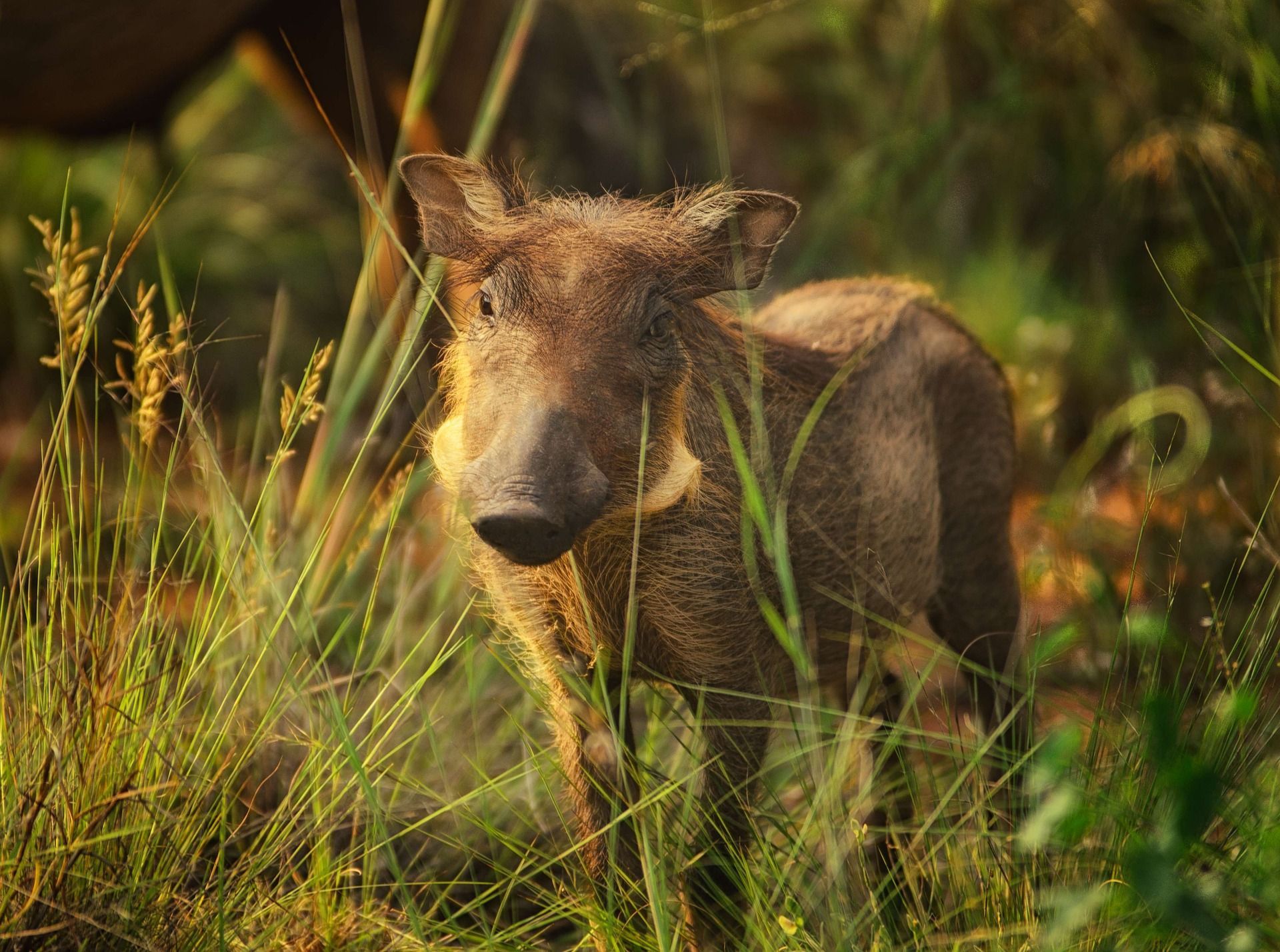
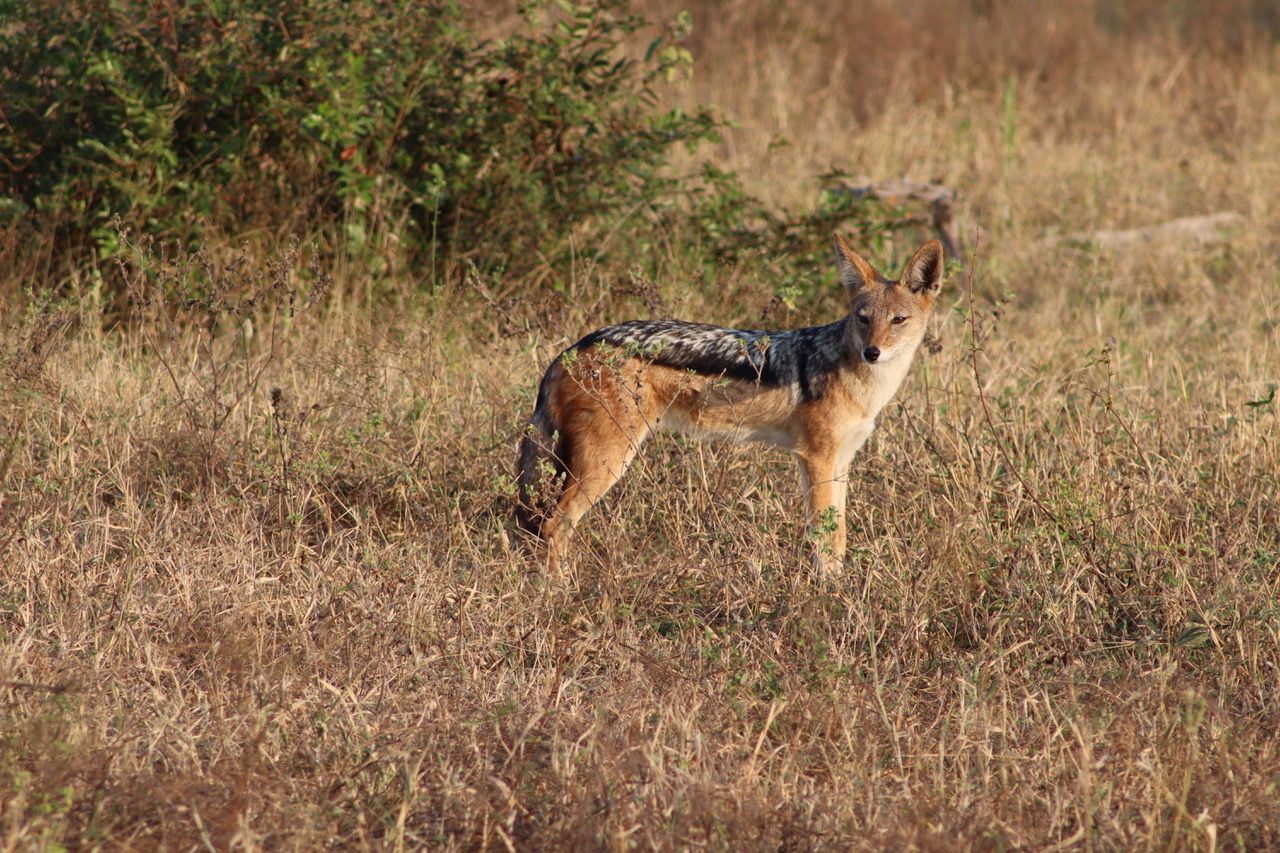
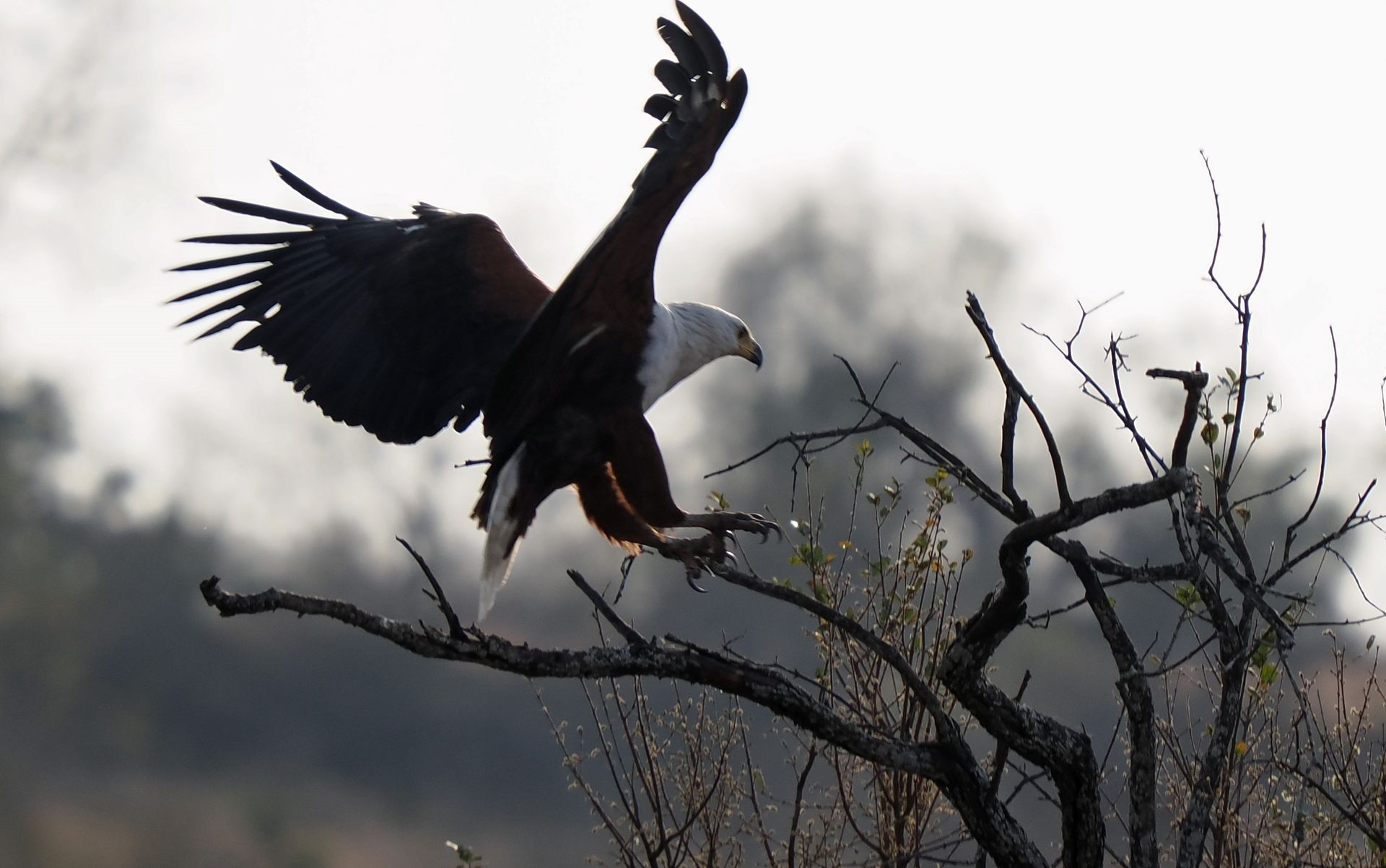
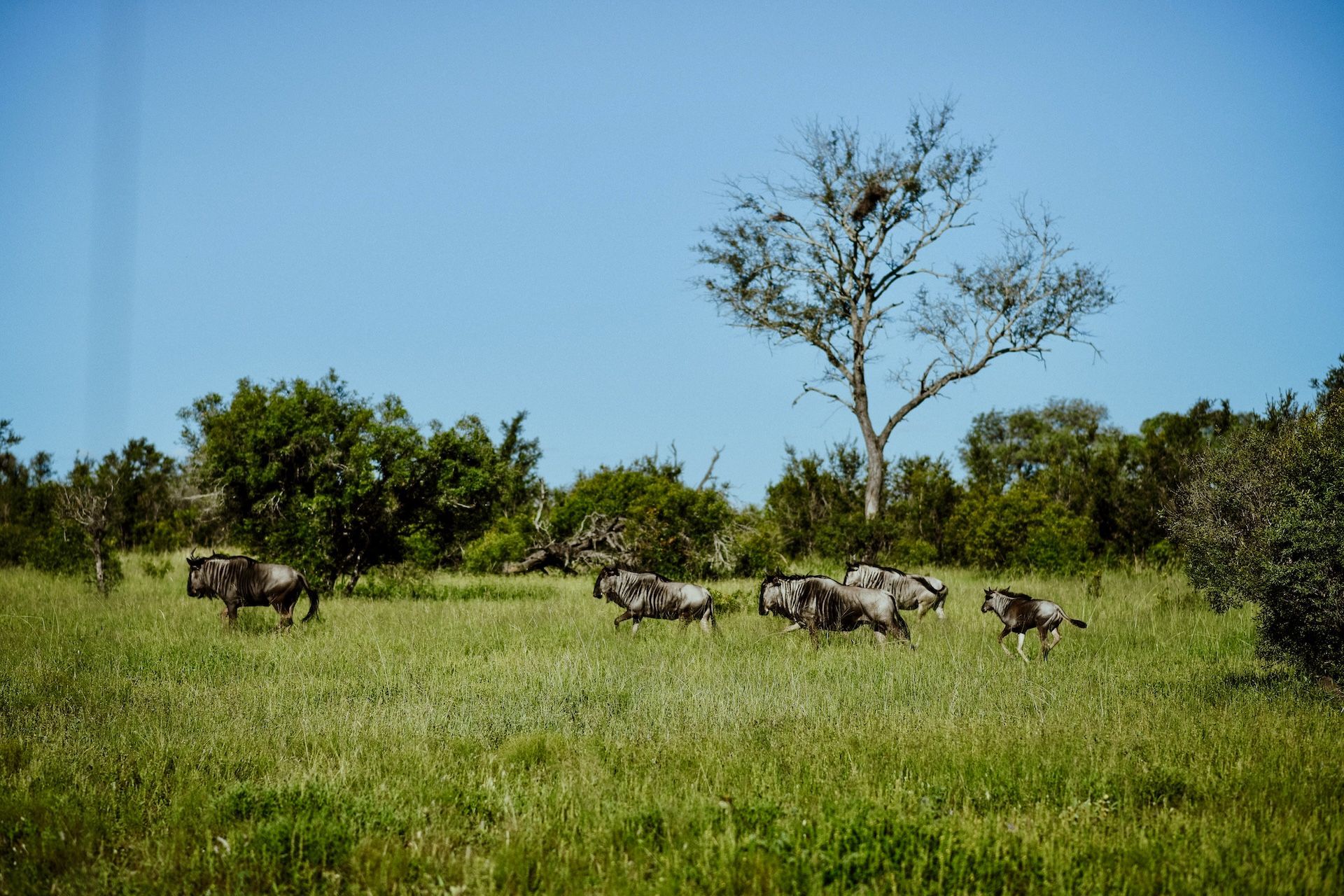
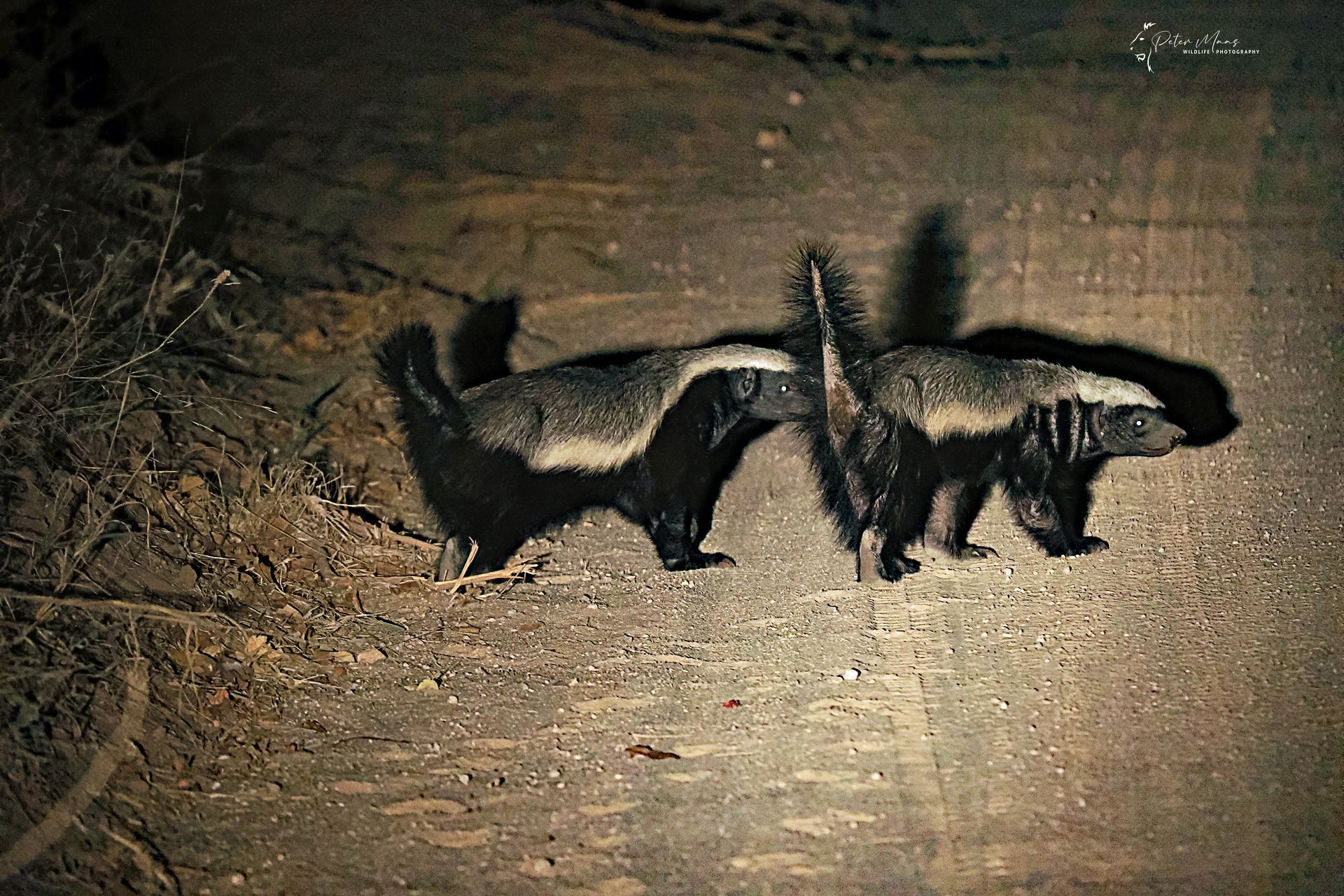
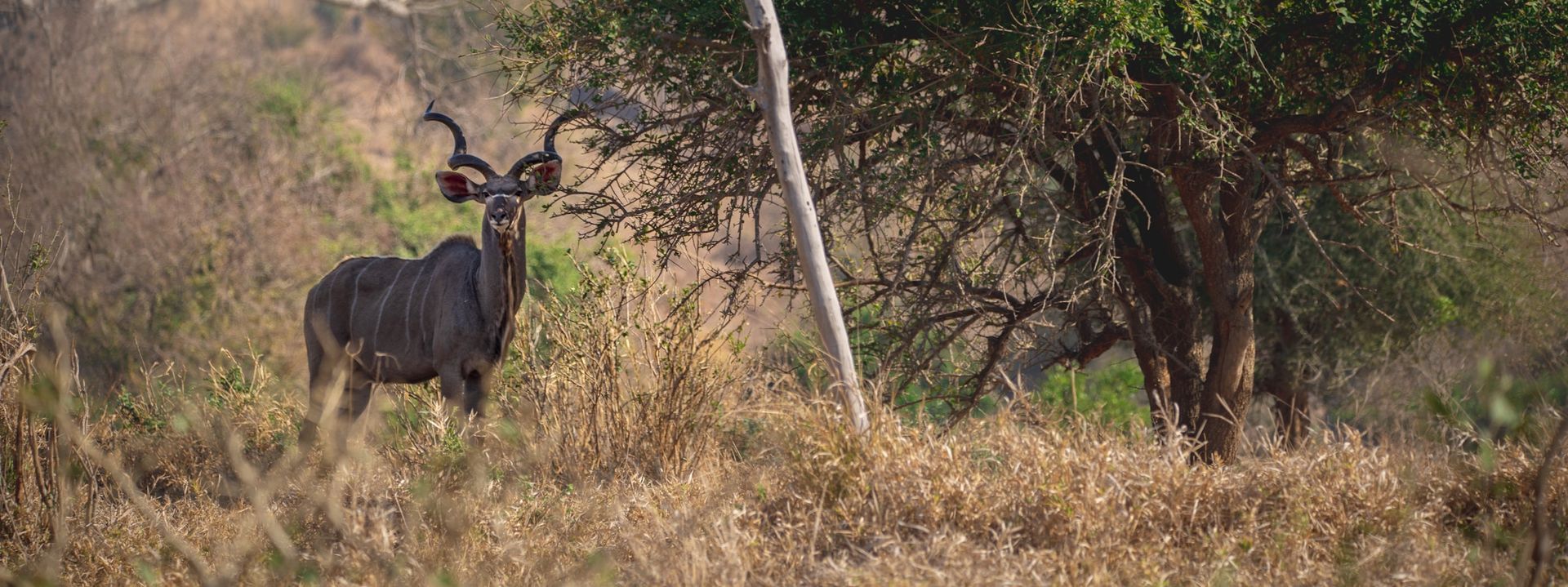
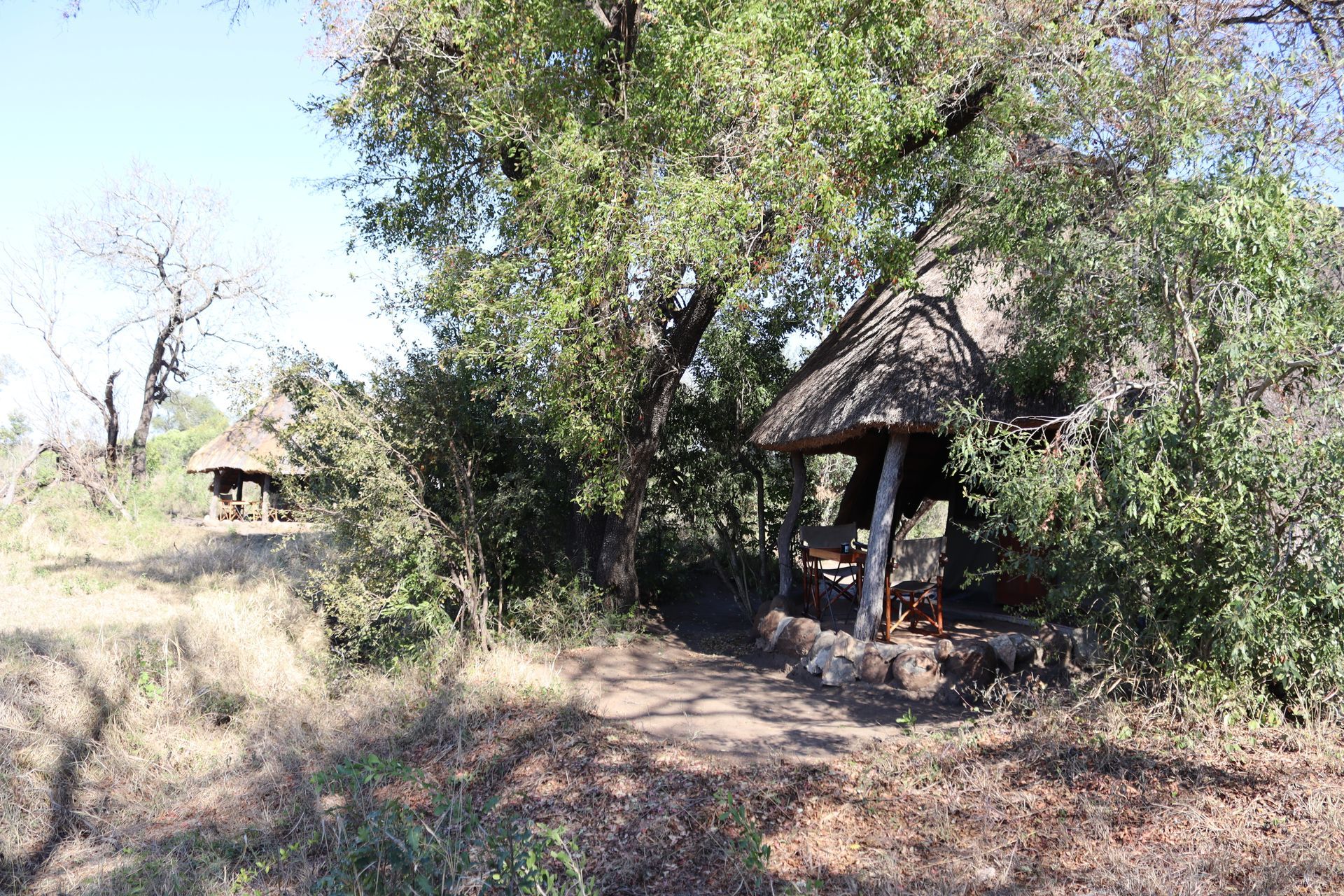
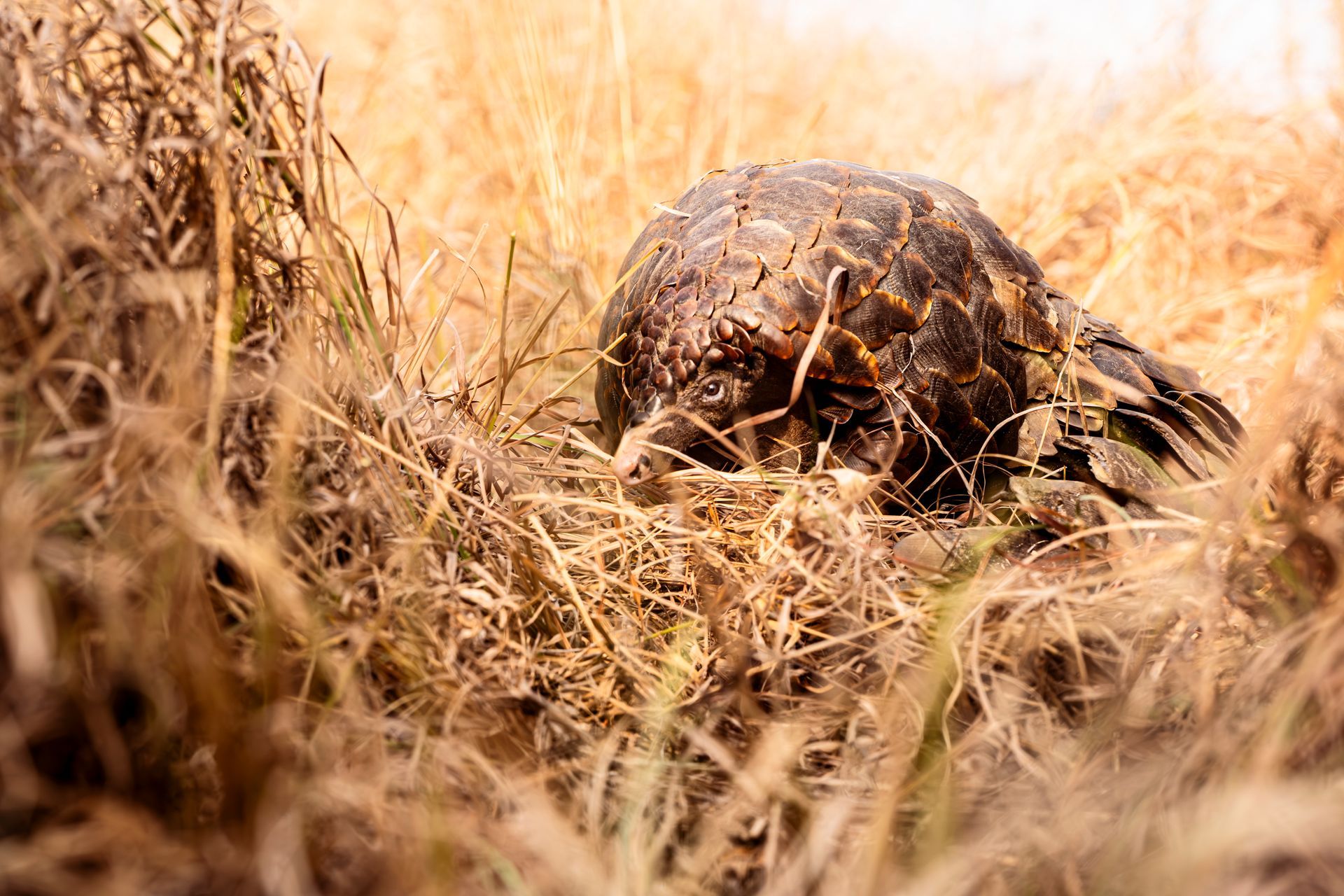
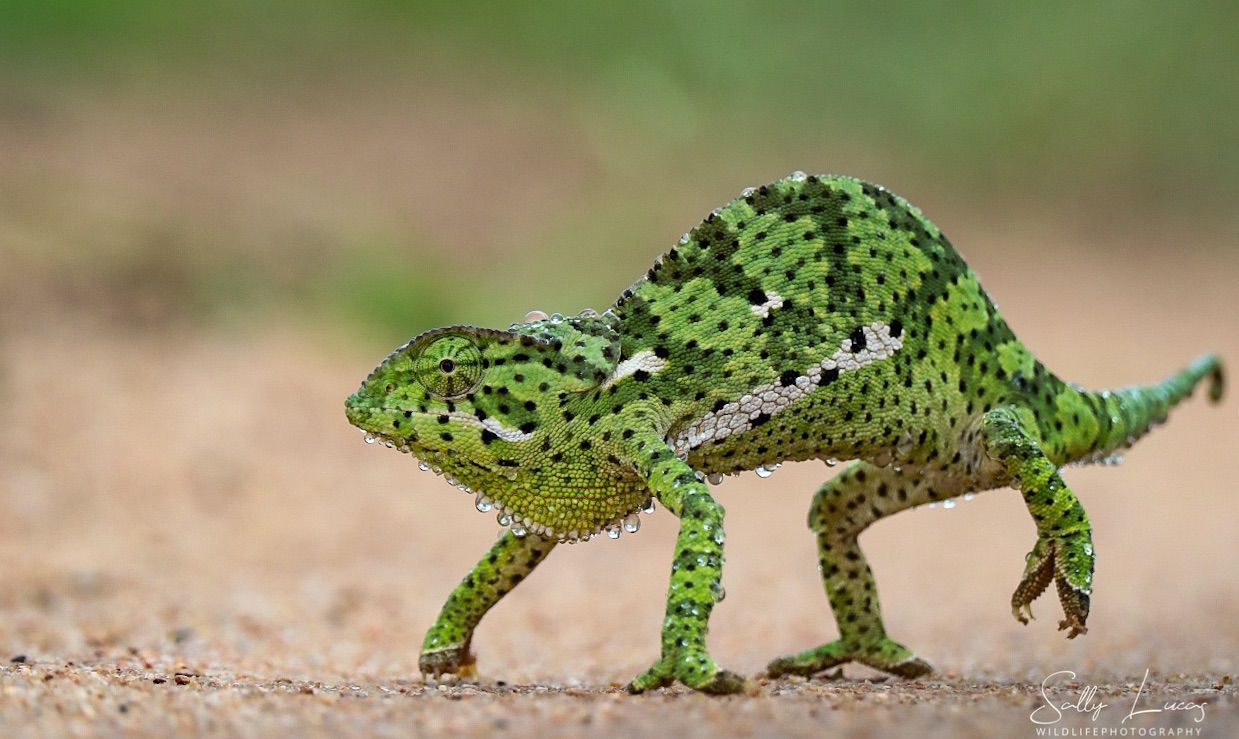
Pungwe Safari Camp
Manyeleti Game Reserve
Mpumalanga
South Africa
Tel: +27 82 853 9533
Email: info@pungwe.co.za
MENU
STAY CONNECTED
Join our Newsletter and find out more
Contact Us
We will get back to you as soon as possible
Please try again later
All images on this website have been taken at Pungwe by guests or staff
All Rights Reserved | Ingweleti Investments (Pty) Ltd T/A Pungwe Safari Camp

